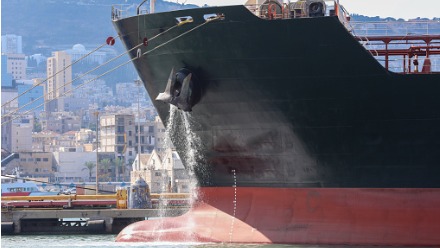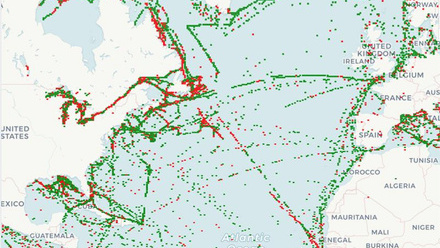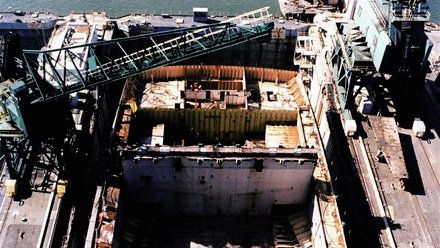Electrifying the coast for resilience against rising seas
Sea level rise is a looming threat, and scientists are proposing an under-explored approach – fortifying the coast with electricity.
Sandy beaches make up over a third of Earth’s coasts. Yet, shockingly, over a quarter of these will be washed away by ocean waves by the end of the 21st century, according to a 2020 study. Low lying coastlines are at “serious risk” separate research also cautions. Shoreline retreat is already occurring, yet around 40% of the world’s population lives along coastlines.
If no adaption measures are used, flood damages to buildings are expected to rise by 2-3 orders of magnitude. Highly populated port cities are at major risk such as on the US East Coast and across Asia. The UK is also being affected, with the BBC reporting in 2022 that rising sea levels threaten 200,000 properties in England, particularly around the South West.
Seawalls are established methods to reinforce coastlines by inhibiting wave action and erosion but are costly. Materials like cement or artificial polymers may also be applied to the pores of ground surfaces for cementation, but this can be both invasive to the environment and energy intensive. These methods both have a relatively short lifespan and can suffer erosion themselves.
Electrifying fortification
In good news, US scientists think they can combat coastal erosion affordably by using electricity. This could lead to longer-life resilience to threats like sea level rise and flooding compared to traditional sea wall developments.
Associate Professor and co-author Alessandro Rotta Loria says: “In contrast to established methods, recent research has unveiled a largely unexplored process for cementing marine soils, which does not require external substance injections and can be powered by mild amounts of electrical energy. This process, known as electrodeposition, leverages electricity to convert naturally dissolved minerals in seawater into solid mineral binders.”
By applying a mild electric stimulation to marine soils through a series of electrochemical lab experiments, the team at Northwestern University have shown that coastal sediments can be cemented through a natural process to form a natural cement from minerals in seawater. The concept was inspired from how clams, mussels and similar shelled marine life dissolve minerals in seawater to build out their shells.
Natural design
The co-authors harnessed the same dissolved minerals that shelled marine organisms use to form a natural cement between grains of sand. Instead of metabolic energy, electrical energy triggers the chemical transformation to change the structure of the marine sand to become hard as rock.
Led by Andony Landivar Macias, the study was published in the journal Communications Earth and the Environment, to present the cutting-edge process of electrodeposition that allows mineral precipitation from seawater for soil cementation. It mimics the way marine life may form shells or even skeletons through seawater minerals using their metabolic energy, resulting in electrodeposits with enhanced mechanical and hydraulic properties that better resemble the natural system.
“Our work has demonstrated that electrodeposition leads to binding mineral precipitations that can turn marine sands, even with minimal porosities, into soft rocks in an efficient and cost-effective manner,” states Professor Loria.
“Notably, this approach allows [us] to harness naturally available ions in the pore water of soils for this purpose, thereby valorising local materials and relatively low-tech hardware for the sake of the protection of coastal areas against erosion.”
Being more affordable could enable this technique to be implemented at a broad mass scale across the globe, including more vulnerable, lower income coastal communities.
This could represent a sustainable, cost-effective way of fortifying coastlines naturally across the world, but further testing is likely needed on different beach and sediment types.
Image: sea wall at Scarborough, uk; credit: Shutterstock.






